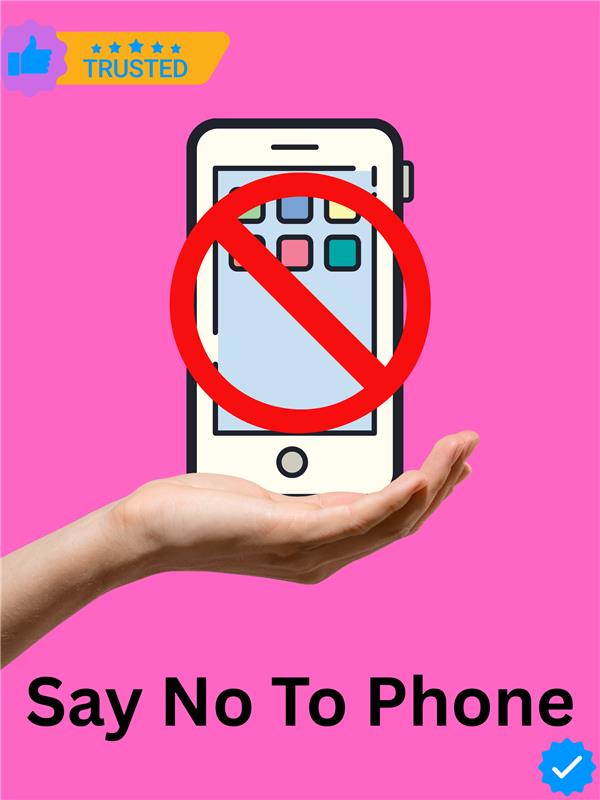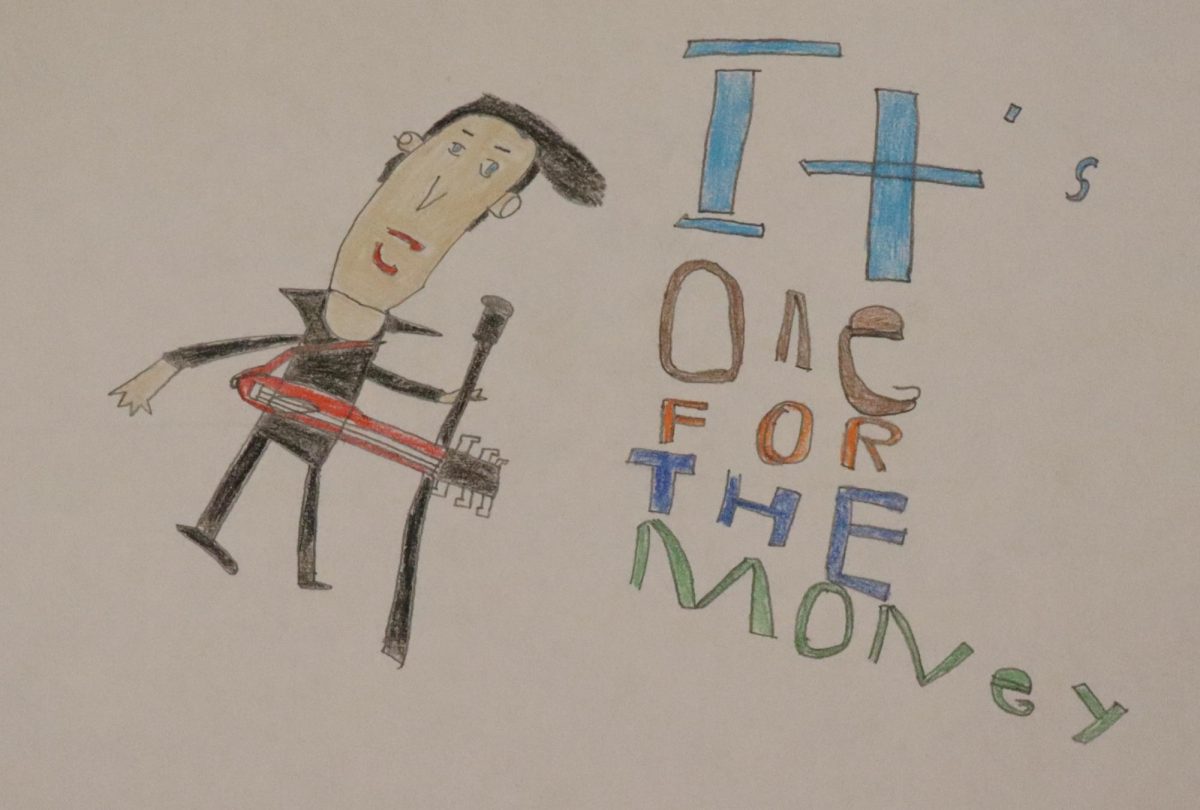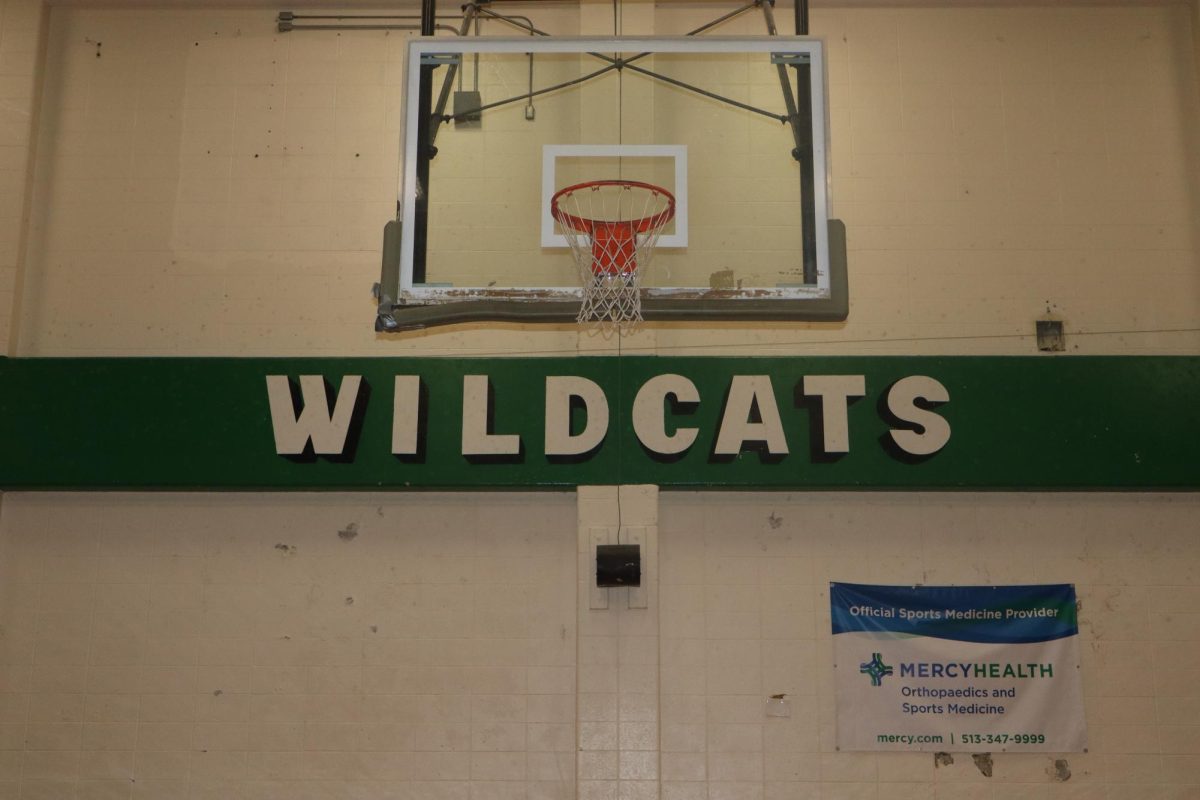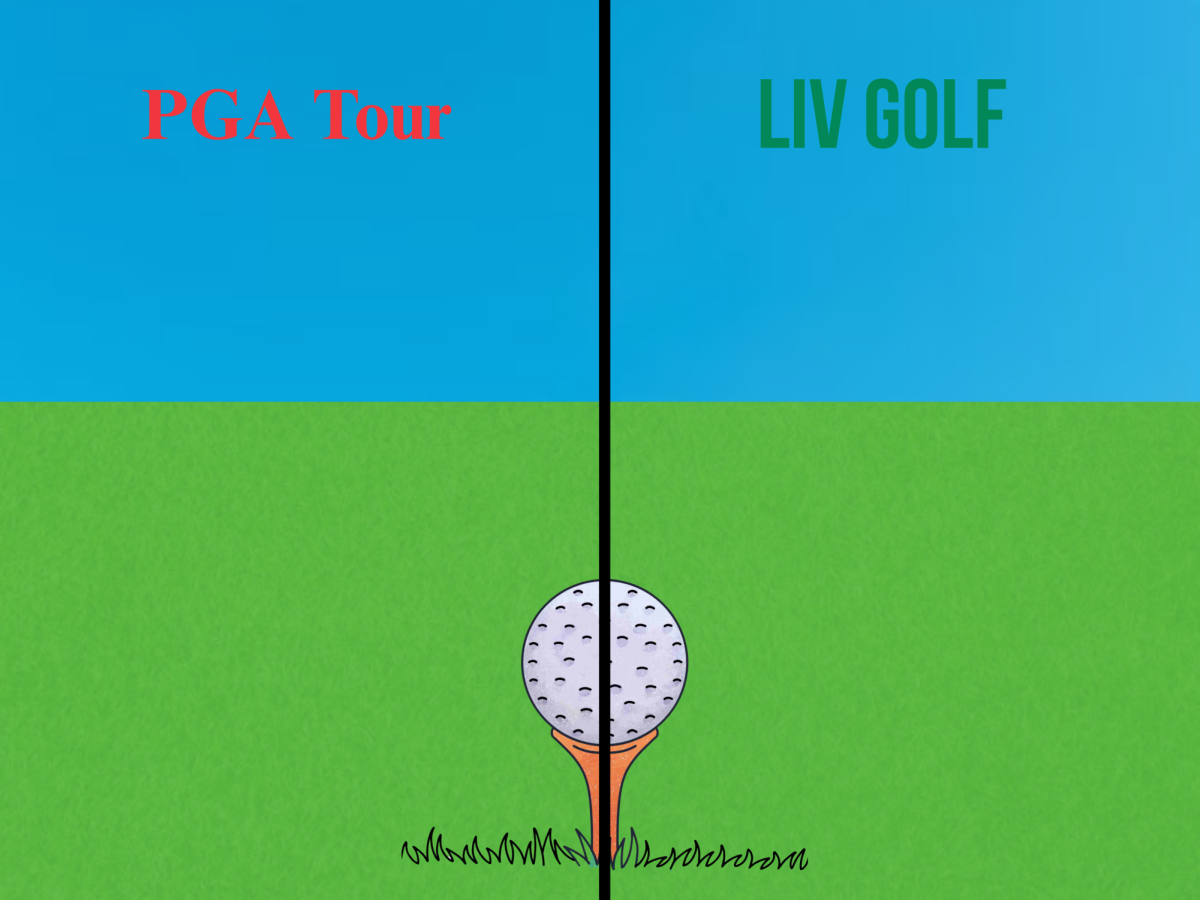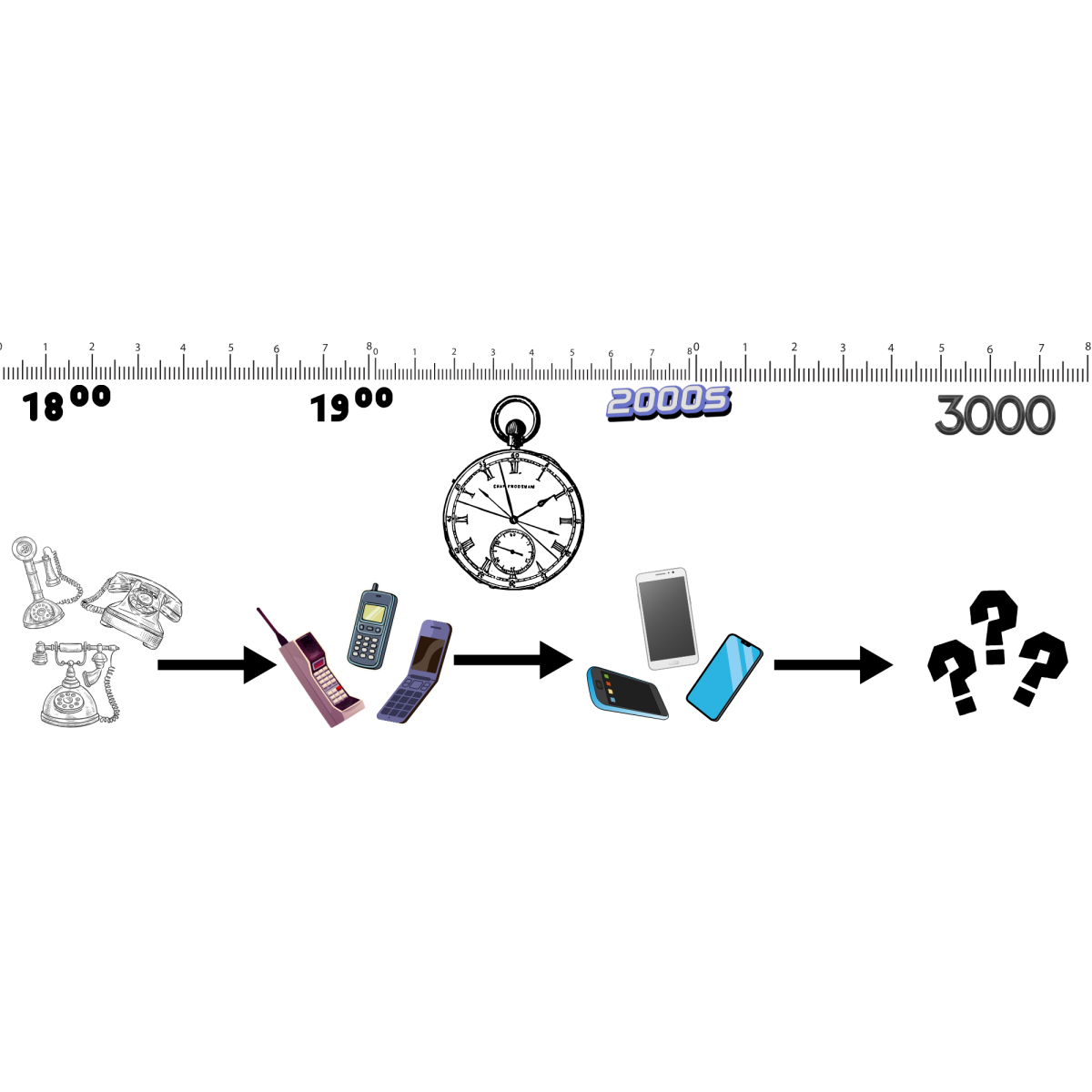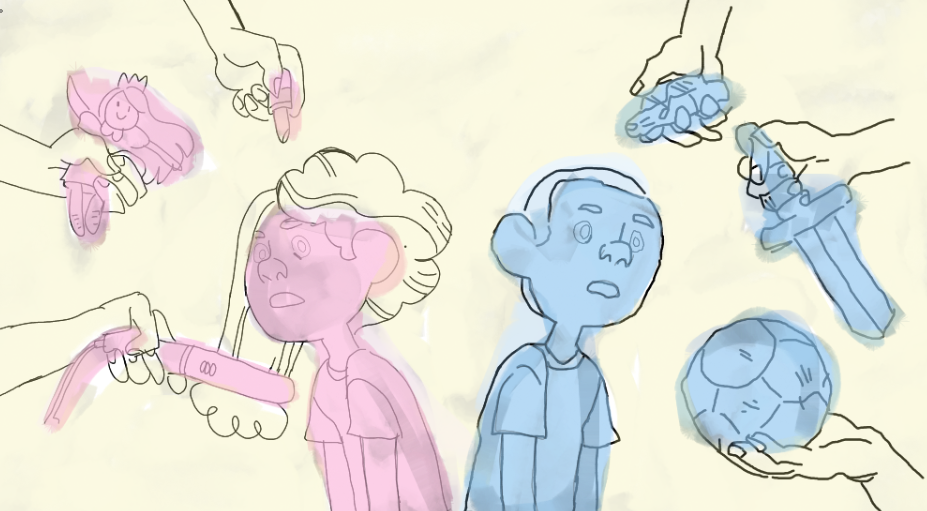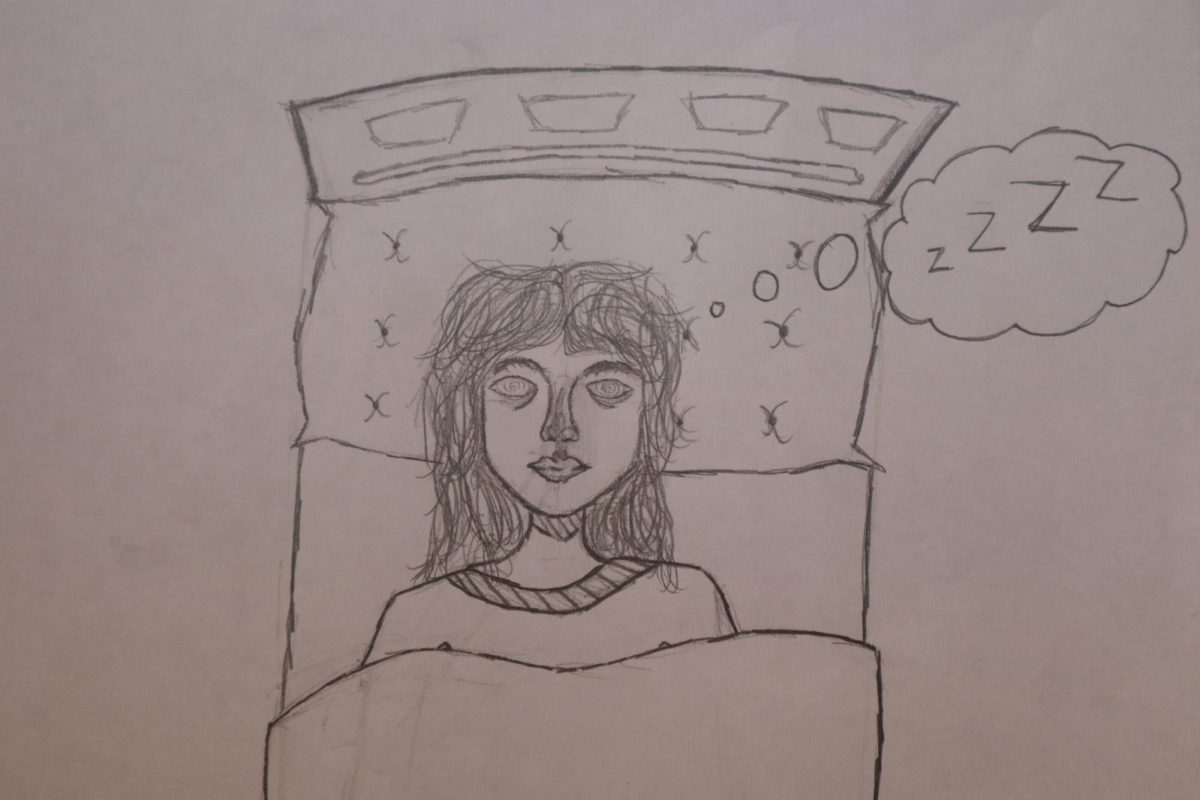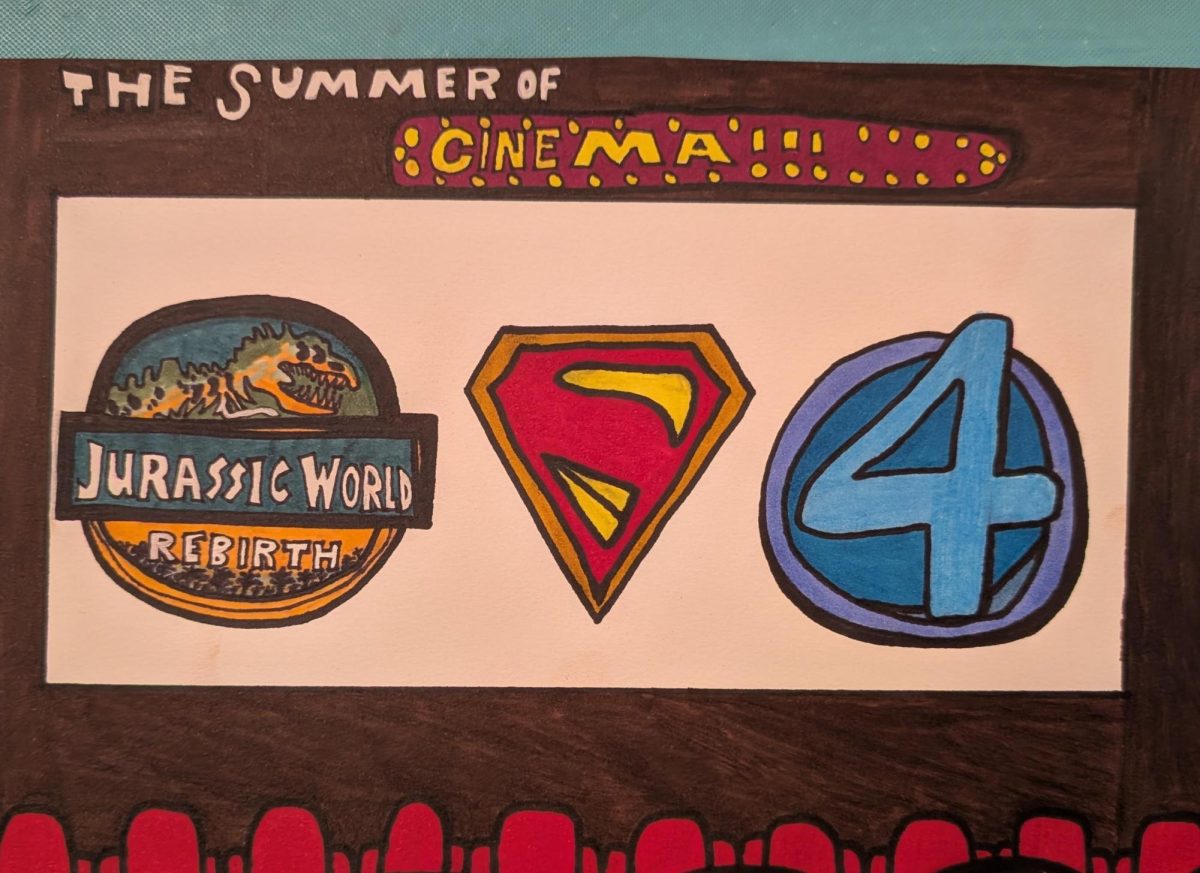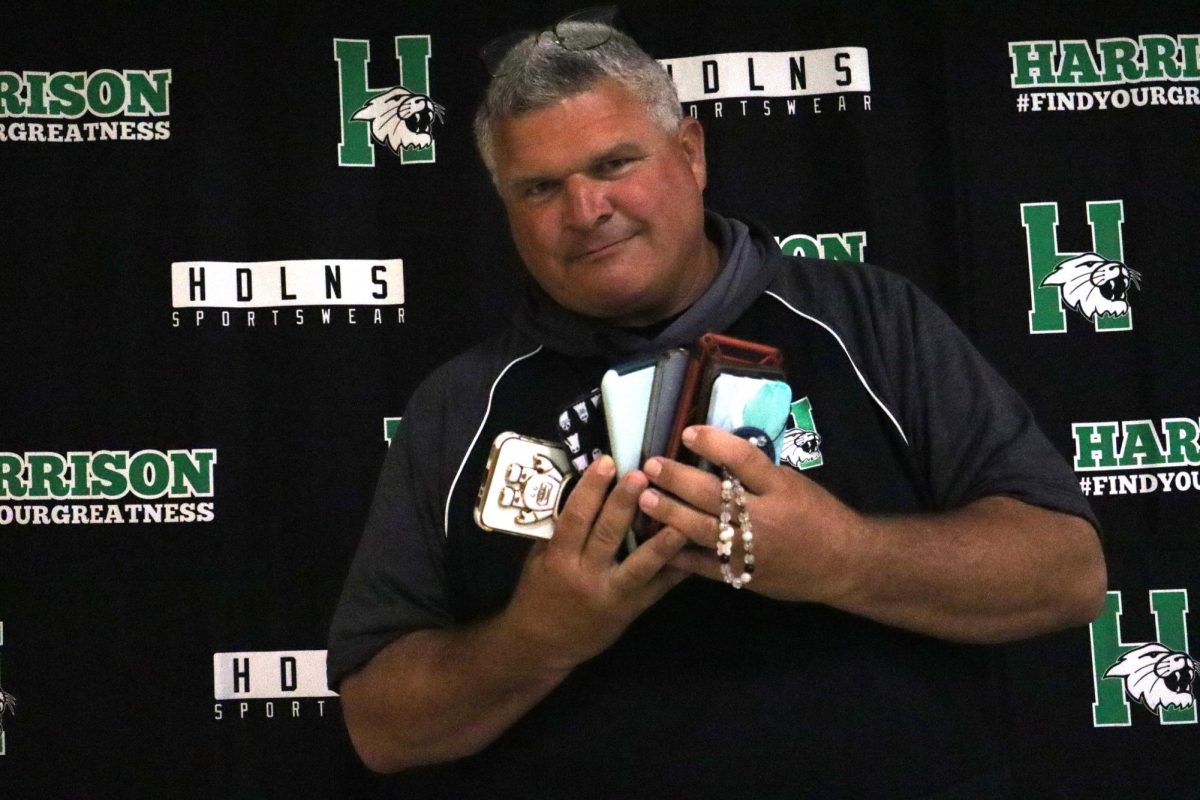No one really knows what’s going to happen in the future, especially with cell phones. But it’s fun to take a look back at phones past and make our guesses about phones of the future. Our parents and teachers were here when cell phones first arrived, and who knows what they will look like when we are their age?
Let’s start with early phones, the great-grandparents of the modern cell phone. The first phones were created by Alexander Graham Bell, who developed the world’s first working telephone, receiving a patent on 7 March 1876. Since then, phones have evolved a lot. Most people nowadays have probably never seen these phones/telephones from 1870 into the early 1900s. They often came in two pieces, with a separate part for talking into and listening to. Think the phone in Mary Poppins, with a large box on the wall and two corded cups that you have to hold in each hand.
When a phone with only one piece was invented, people must have thought that it was such a big step for communication (they had no idea what was coming next!). The next generation of phones were corded house phones. Phones from way back in the day were mainly house phones, rather than portable. Our parents and grandparents talk about having to stretch the cord from the main family phone all the way to the hallway bathroom to try to get some privacy for their phone calls. When the cordless phone came out, things got better again, and teenagers could take their phone calls all over the house.
Some of these phones are still around today, but they aren’t as common, because society switched from home phones to cell phones. Many families don’t even have a home phone, and just rely on cell phones, which started becoming common in the late 1990s, and really became popular in the early 2000’s. From the earliest cell phones that were as big as two Pringle cans, to the indestructible Nokia phones and flip phones of the 2010’s, phones became something everyone had in their pocket. With the introduction of the iPhone in 2007, we all learned the word “app,” and started to want more out of our phones than just talking. Music, photos, and social connection became something we expected from our phone, and one device replaced dozens (walkman, video camera, camera, pedometer, flashlight, etc). iPhones are now omnipresent in today’s world as everyone tries to get the brand new thing.
In the 1800s to the early 2000s, phones didn’t have a phone case to protect them. You didn’t need protection for a house phone, because it stayed pretty safe in hanging on your kitchen wall. With early cell phones, if they broke, you would have to get a new one. Just like phones, phone cases have evolved over the years. Everyone breaks their phones occasionally, even with a phone case or screen protector.
We have now gone through the past generation of phones, but how will phones change in the future?
We could go from the iPhone 17 all the way up to who knows what! Chloe Redden believes “Phones in 30 years would be like Henry Danger phones where it’s see-through on both sides but still operates like a phone or like their watches could be the next type of phone.”
Maybe phones could even change shape, or they could expand out of your pocket so that way you can make it any shape! Now let’s say you had a test, and you can’t have your phone in your pocket, what if instead of putting it in your backpack, you could shrink then expand it! Some people also think that phones will become implantable, so we can have augmented brain storage space, or something like that.
The list could go on. One article, What will smartphones be like in 2050? , make even more guesses. Some people haven’t really thought about what could happen in the future; they just wait and see. 504 Coordinator Beth Pantazi she said “ I think phones right now are amazing, like if you asked me when I was a little girl and you told me that we would be to face time, I wouldn’t believe you, but now I’m just amazed that what we can do.” Not all of us look into the future or even believe what might happen in the future, but we all have our own opinions on what’s to come. Let’s hope the phones keep getting better!


